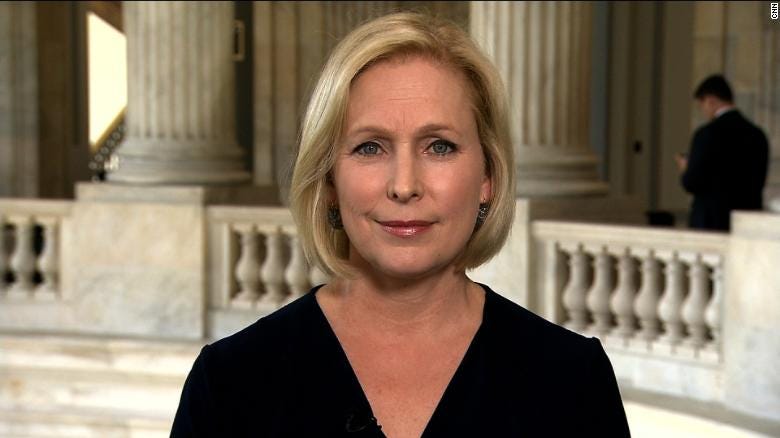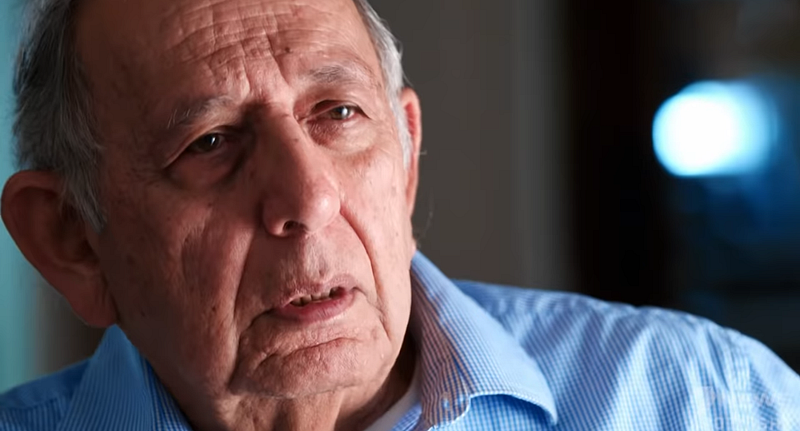Exploring the UAP and Nuclear Connection: Congressional Efforts
Written on
Chapter 1: Introduction to the UAP and Nuclear Connection
The National Defense Authorization Act for Fiscal Year 2022 aims to address inquiries related to unidentified aerial phenomena (UAP) and their potential connection to nuclear assets. Recently, Congress has developed a heightened interest in understanding any links between UFOs and nuclear facilities.
Senator Kirsten Gillibrand (D-NY) has introduced an amendment for the Fiscal Year 2022 National Defense Authorization Act (NDAA, H.R. 4350). Various Congressional intelligence committees, including the House Armed Services Committee and the Senate Select Committee on Intelligence, will be involved in reviewing this proposal. Gillibrand, a member of both the Senate Armed Services Committee and the Senate Select Committee on Intelligence, has received classified briefings related to the UAP Task Force (UAPTF) report.
Her amendment specifically requests information about nuclear materials and incidents tied to UAP sightings. The proposed changes to the NDAA include:
- Requirement: By October 31, 2022, and annually until 2026, the Director, in collaboration with the Secretary, must present reports to Congress regarding unidentified aerial phenomena.
- Report Elements: Each annual report should cover:
- The total number of incidents involving UAP linked to military nuclear assets, including strategic nuclear weapons and nuclear-powered vessels.
- In collaboration with the National Nuclear Security Administration, the tally of UAP incidents related to nuclear weapon production, transportation, or storage facilities.
- In consultation with the Nuclear Regulatory Commission, the count of UAP or unknown drones at nuclear power stations and fuel storage sites.
Approximately 125 Congressional members received briefings on the UAPTF report, while around 410 members have not been informed about the classified documents. This disparity highlights the varied levels of awareness within Congress, though Senator Gillibrand is actively seeking clarity on the UAP-nuclear connection.
The UAP Task Force operates under the U.S. Office of Naval Intelligence and aims to standardize the collection and reporting of UAP sightings. Its predecessor, the Advanced Aerospace Threat Identification Program (AATIP), was led by Lue Elizondo.

Chapter 2: Insights from Former AATIP Director
In a recent interview, former AATIP director Lue Elizondo shared insights about the connection between UAP and nuclear facilities. He noted that AATIP was aware of the nuclear link but lacked access to certain information that researcher Robert Hastings had compiled in his work on the subject.
Elizondo stated, "We were able to validate what he was saying through intelligence reporting. Not only was it credible, but it also provided valuable insights that were sometimes missing from our own data."
The AATIP program has corroborated findings from Hastings’ book, "UFOs and Nukes," which discusses how UAP activity is often more than mere observation and can directly interfere with U.S. strategic weapons systems. Hastings emphasized, “Nuclear weapons programs are of ongoing interest to entities with superior technology, and reported UAP incidents sometimes involve clear interference with our military capabilities.”
One significant event discussed in Hastings' work took place at Malmstrom Air Force Base in Montana in 1967, where ten ICBMs became inoperative while security reported a mysterious glowing object overhead.
Video Description: This segment discusses Rep. Burlison's comments on the UAP amendment, suggesting the language surrounding it is insufficient.

Chapter 3: The Need for Accountability
The intelligence regarding UAP's nuclear connections is encapsulated within the classified version of the UAPTF report. Senator Gillibrand’s proposed revisions reflect her understanding of the sensitive information obtained through classified briefings. This addendum suggests that the U.S. Government is motivated to assess any risks posed by UAP incidents near nuclear weapon sites.
Despite the gravity of these concerns, the U.S. Government has not officially commented on UAP encounters with nuclear facilities, and mainstream media has largely overlooked this issue.
Video Description: This report outlines the bipartisan effort to protect pilots who report UAP sightings, emphasizing the need for safety in military aviation.
The media should be pressing Congress and Senator Gillibrand on critical questions such as:
- What evidence supports the need for oversight regarding UAP incidents at military nuclear sites?
- Are there known instances of UAP visiting U.S. strategic nuclear weapon locations?
- What specific events led to the current inquiries into UAP incursions associated with nuclear materials?
- Is there reason to believe that UAP have compromised the security of U.S. nuclear facilities?
The media's role is crucial in uncovering the extent of UAP activity across nearly all nuclear facilities in the U.S. and its potential implications for national security.

The overarching concern remains: an unidentified technology is reportedly demonstrating capabilities that surpass current U.S. military assets, leading to unauthorized incursions at nuclear facilities. Why has the media failed to address the safety implications these incidents pose to American citizens?